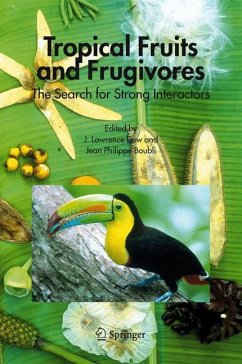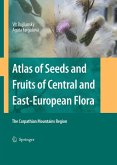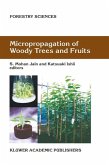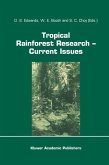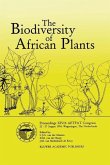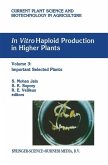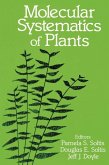In this book we undertake one of the first global-scale comparisons of the relationships between tropical plants and frugivorous animal communities, comparing sites within and across continents. In total, 12 primary contributors, including noted plant and animal ecologists, present newly-analyzed long-term datasets on the floristics and phenological rhythms of their study sites, identifying important seed dispersers and key plant taxa that sustain animal communities in Africa, Madagascar, Australasia, and the Neotropics.
Dieser Download kann aus rechtlichen Gründen nur mit Rechnungsadresse in A, B, BG, CY, CZ, D, DK, EW, E, FIN, F, GR, HR, H, IRL, I, LT, L, LR, M, NL, PL, P, R, S, SLO, SK ausgeliefert werden.

